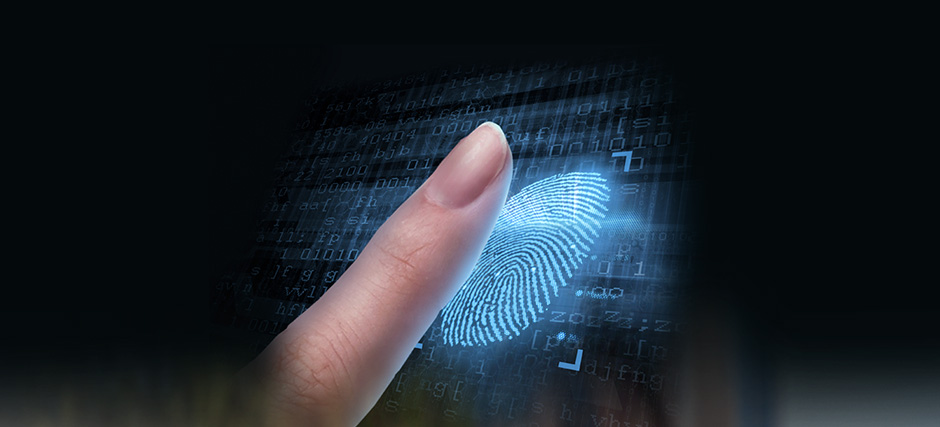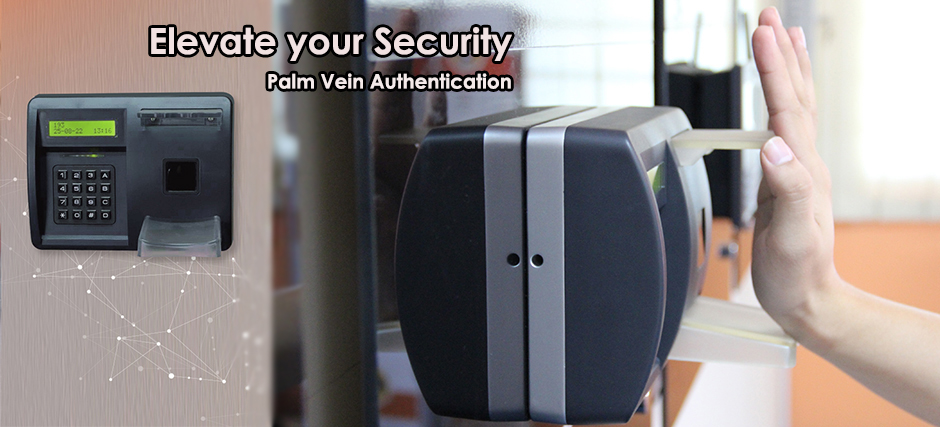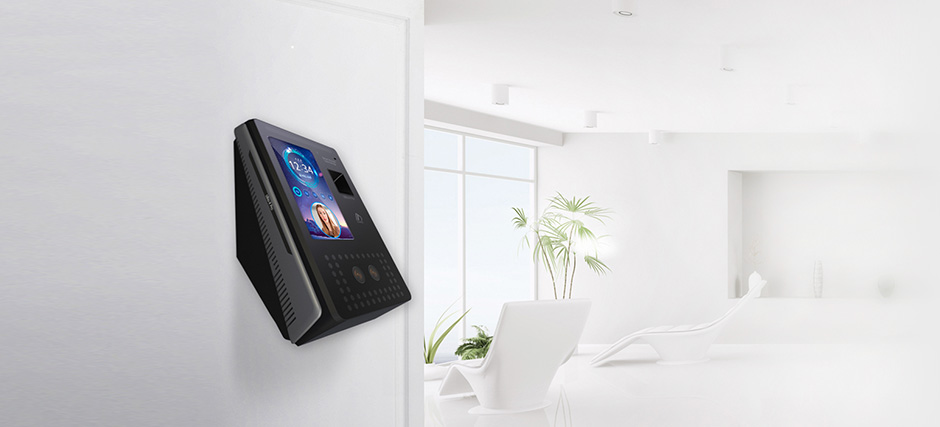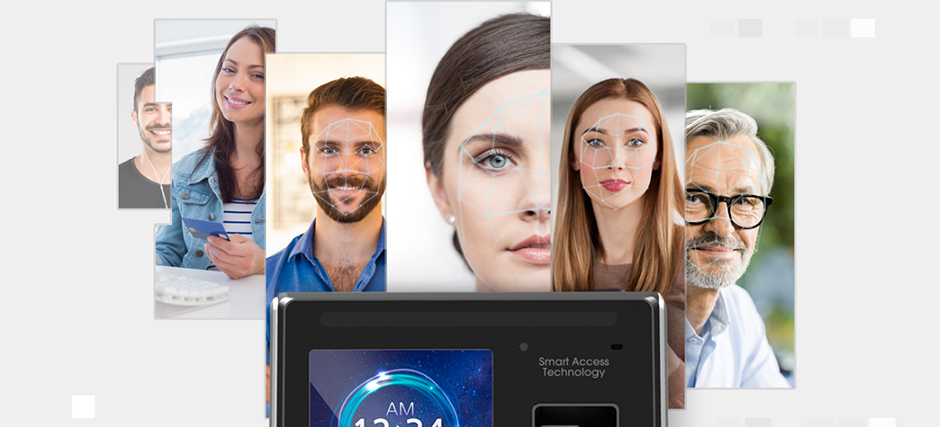TYPES OF BIOMETRIC ACCESS CONTROL SYSTEMS

Biometric access control systems have become increasingly popular recently due to the high level of accuracy and security it provides. They use unique physical characteristics of individuals to verify their identity before granting or denying entry, making it almost impossible for anyone else to access restricted areas. Here are some of the most common types of biometric access control systems in use today.
1. Fingerprint Authentication

Fingerprint authentication is one of the oldest and most widely used biometric systems in many places. It uses the unique pattern of ridges and furrows on an individual’s finger to verify their identity. Biometric access control systems that make use of fingerprint authentication are usually the most popular because not only are they reliable, but they are also cost-effective, fast, and convenient, taking only a mere few seconds to identify a person.
2. Palm Vein Authentication

Palm vein authentication is another access control system that verifies a person’s identity via the pattern of their palm veins. The system works by shining a near-infrared light on the palm, which is absorbed by the haemoglobin in the blood, making the veins appear as a black pattern in the system. This pattern will be used to identify people. As the unique vein patterns in a person’s palm cannot be replicated easily, palm vein authentication is highly secure.
3. Face Recognition System

Another well-known and highly popular biometric system is the face recognition system, which authenticates a person based on the distinct features of his face. What it does is it uses algorithms and artificial intelligence to scan the facial features and compare it to a pre-existing database of images to determine if they are authorised to enter a space or access a system.
Biometric face recognition systems are considered secure because they boast an accuracy rate of 99% or higher, making the chances of a false positive very low. Additionally, it is almost impossible to fool the system using a photograph or video of a person’s face; most modern systems use advanced algorithms that can detect whether a face is real or fake. Some systems also use multiple factors, such as requiring the user to blink or move their head, to ensure that the person being scanned is actually present and not just a static image.
4. Multi-Factor Biometric Access Control

Multi-factor biometric access control systems combine two or more types of biometric authentication methods to increase security and accuracy. For example, a system may utilise fingerprint authentication with face recognition to create a more secure and accurate verification process. Multi-factor biometric access control systems are particularly useful in high-security settings, such as government buildings or military bases.
Biometric access control systems are an essential component of today’s security infrastructure. Fingerprint authentication, palm vein authentication, face recognition, and multi-modal systems are some of the most popular types of biometric access control systems in use today. They provide effective security, and are an ideal choice for organisations that need to restrict access to certain areas.
Learn More: Types of Door Access: Which is Better?
Are you looking for a reliable biometric system for your business? iDLink Systems distributes cutting edge biometric identification products and electronic security solutions in Singapore. Find the product you need here.
